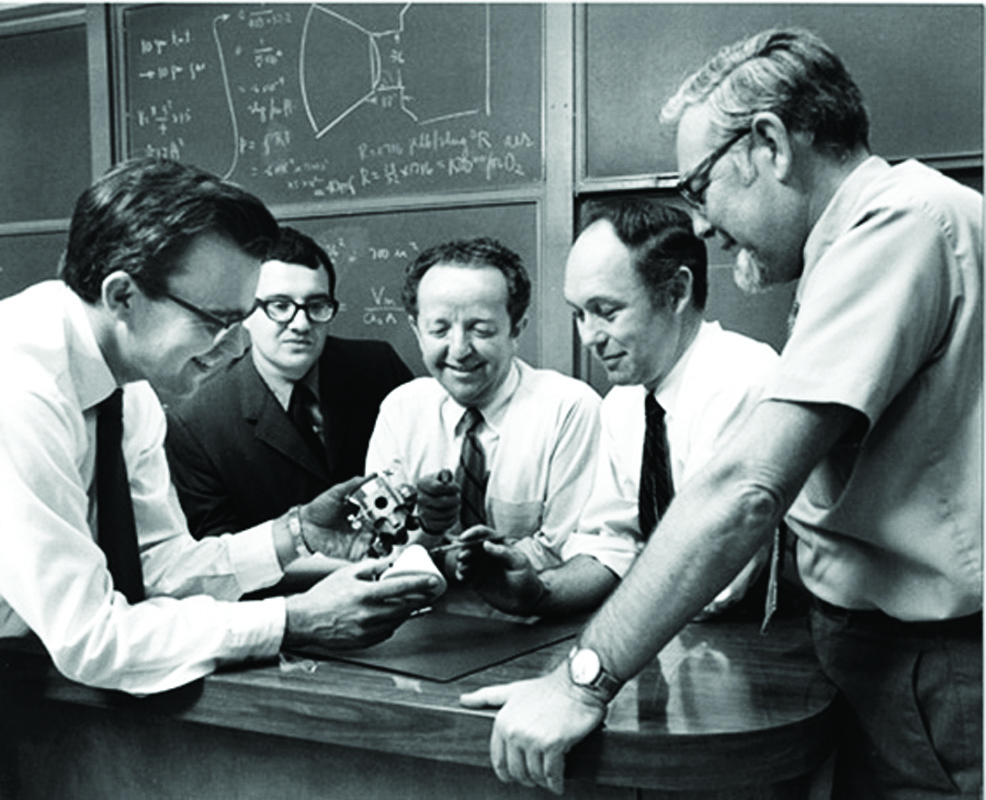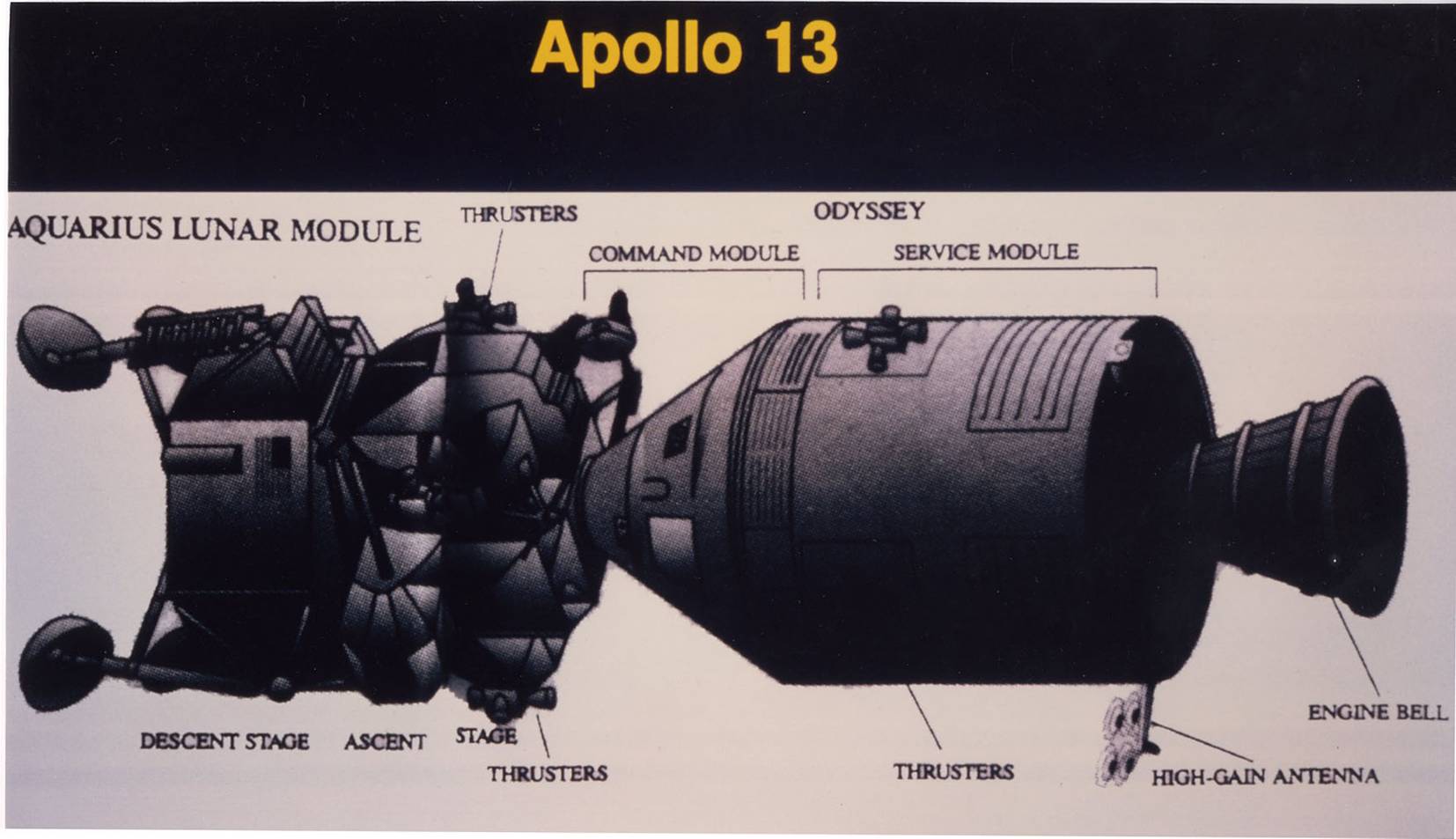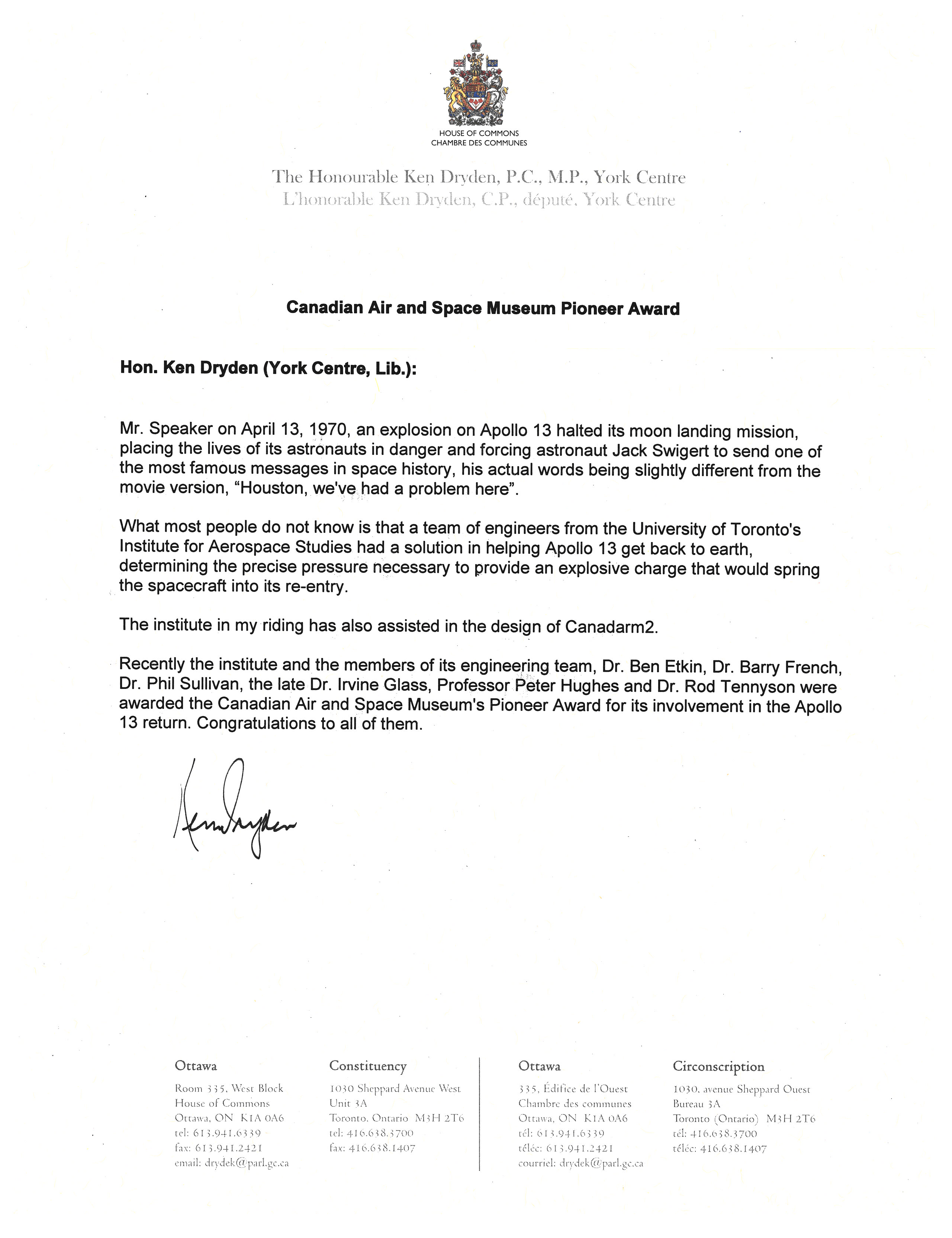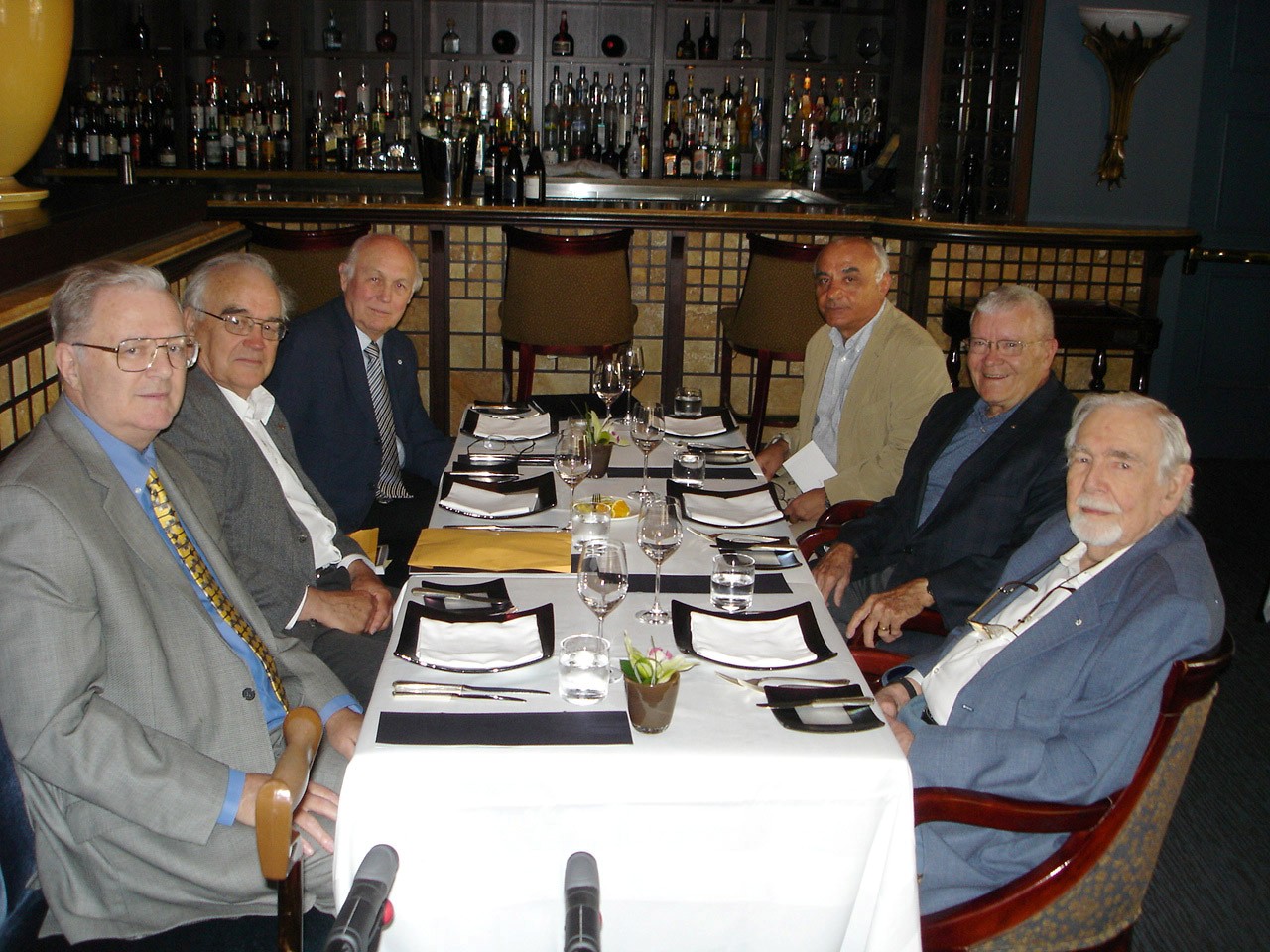Background
The surge in international interest in UFOs (unidentified flying objects) began around 1947, shortly after World War 2 (WW2). Many historical books document the host of sightings around the world, but little is known about the Canadian activities in this field that took place as early as 1950. Many Canadian government agencies were involved in documenting sightings reported by the public, including the Department of Transport (DOT), the Defence Research Board (DRB), the National Research Council (NRC) and the Department of National Defence (DND). Canada’s official entry into the investigation of this UFO phenomenon started with Mr. Wilbert Smith, who headed up Project Magnet in 1950. While Smith’s main research interest focussed on geo-magnetism at the federal Telecommunications Division of DOT in Ottawa, he was keenly interested in the UFO phenomenon. Subsequently, he was officially authorized by a DOT Deputy Minister to make a detailed study of this phenomenon, called Project Magnet. Smith is quoted as saying that research into the earth’s magnetic field could lead “to something which may well prove to be the introduction of new technology.” He also noted “this is borne out by the investigations which are being carried out at the present time in relation to flying saucers.” Smith believed that UFOs might be operating on geo-magnetic field effects. Mr. Smith went so far as to establish a government experimental detection facility in Shirley Bay to monitor anomalies in the local magnetic and radiation fields. Although he observed one dramatic change in a magnetic field detector, it was never explained. Eventually, Smith produced an ‘unofficial’ government report on his work that probably led to the subsequent involvement of the DRB, and other members of the DND in assessing the UFO phenomenon. It was Dr. Omond Solandt, Chairman of the DRB, who initiated a formal request to set up a government committee to “see if we can make anything out of these flying saucer reports” in 1952. It should be noted at this point that Dr. Solandt was a good friend of Dr. Gordon Patterson, Founder and First Director of the University of Toronto Institute for Aerophysics (UTIA), the forerunner of UTIAS. DRB funded much of the early research at UTIA, and helped finance the relocation from the Downsview airfield and construction of UTIA at its current sight. The committee Dr. Solandt formed was called, inexplicably, “Project Second Story” under the chairmanship of Dr. Peter Millman, who worked at the NRC Dominion Astrophysical Observatory in Ottawa. It is interesting to note the membership of this committee since it indicates a strong government interest in the UFO subject at that time; members included representatives from the Directorates of Air and Naval Intelligence, Military Operations and Planning and members of the DRB. After several meetings spread over the year, the committee concluded that the situation did not warrant a large scale official investigation. Millman himself, however, concluded that there were indeed a number of unexplained cases, and recommended that the international community should establish a standard format for recording and reporting sighting. This committee essentially disbanded after 1953. Curiously, Mr. Smith, who had compiled a file on UFOs, was not a member of this committee. Throughout the following years, DND maintained a UFO file based on reports submitted to the government from the public, and in some cases, actually sent investigators to interview witnesses to such sightings. In fact, DND investigators visited specific sights where ‘landings’ had reportedly occurred. These reports remained confidential and not available to the Canadian public. In 1968, the files were turned over to NRC under the oversight of Dr. Millman, who now worked in the Upper Atmosphere Research program at NRC. These reports were retained at NRC in what was called the “Non-Meteoritic Sighting File.” NRC’s main task in this field, as Millman saw it, was to remain a government repository for public sightings, with no field or investigative work undertaken by NRC.UTIAS Project UFO
In the 1960s, UFO sightings around the world increased exponentially, with many occurring in Canada. One remarkable story was reported concerning a close encounter with a UFO in the wilderness bush of Manitoba. Follow-up stories emerged that the witness had suffered serious illness from his encounter with the UFO. Although Canadian government files were accumulating many of these reported sightings, it appeared that no apparent ‘scientific’ field investigations were being conducted when ‘physical evidence’ was reported. To add to this UFO frenzy, the U.S. established “Project Blue Book” and enlisted the aid of Dr. Allen Hynek, a well-known astronomer from Northwestern University, Illionis, to investigate American sightings. He originally debunked the existence of UFOs. In fact, one of his famous remarks attributed some sightings in a wilderness area as nothing more than an illusion caused by swamp gas. As many of us know, he changed his mind about UFOs and in fact became a strong advocate of the notion that there must be some substance to many of these stories. He in fact established a ranking of the types of UFO incidents he was investigating: those of the first kind (sightings), those of the second kind (some physical evidence, such as photographs) and encounters of the third kind–actual physical contact which would include abductions (the subject of a well-known movie of a similar title in which Dr. Hynek served as a consultant). Thus Dr. Patterson decided to establish a core of aerospace scientists to investigate sightings in Canada. I was delighted when he asked me to lead our investigative group in these early days of UFO sightings. Two of my colleagues, Dr. Stan Townsend and Dr. Ray Measures, agreed to work with me. Interestingly, none of the senior professors at UTIA wanted to become involved, perhaps for obvious reasons. However, the three of us, being junior Assistant Professors, thought it would be a great learning experience to find out more about this subject, and to collaborate with U.S. scientists such as Dr. Hynek and Dr. James MacDonald. Dr. MacDonald, noted for his in-depth UFO reports, pleaded with the United Nations and the U.S. Air Force to formally support research on UFOs. Dr. McDonald had served in the U.S. Navy Intelligence section during the war, 1942-45, and was the Director of the Institute of Atmospheric Physics at the University of Arizona. In 1968, he visited UTIAS to review his case for the existence of UFOs. Later, in 1971, we learned of his mysterious death in the Arizona desert. The Institute also had a working relationship with the Canadian National Research Council in Ottawa which had access to DND sighting reports. Thus, our first task was to visit NRC and review DND files that were not open to the public. I recall that Prof. Barry French accompanied us on that visit since he was intrigued by what the DND might have on file. As soon as we arrived on site, we were asked to sign a non-disclosure agreement that would prevent us from ever disclosing any of the contents of the files we were about to read, subject to severe penalties for non-compliance. We all agreed somewhat reluctantly, since it put us in a position of not being able to even talk to our boss, Dr. Patterson, about what we had read. Suffice it to say, even 40 years later, there was a great deal of investigative information that could not be made public since many of the comments made by the interviewers from different government agencies might be subject to legal action. On the other hand, there were some cases with photographic evidence that were termed “unexplainable.” As a result of this first foray into the world of confidential information, we agreed to inform the ‘Doc,’ our friendly name for Dr. Patterson, that we saw nothing that should dissuade us from following through with our plans, at least for a year, to see what evidence we could accumulate. Over the next year or so, we were deluged with phone calls about sightings, photographs and on occasion reports of physical evidence that had to be investigated. Some phone calls actually resulted in a visit by at least two of the committee members when we felt there was a real opportunity to hear about a ‘high probability’ sighting. At this point, I should mention that we received many reports of individuals ‘communicating’ with aliens, but there was little we could do other than listen politely and move on to other calls. One particular phone call came from an Ontario Provincial Police station in Whitby, requesting the UTIA team to come out that night to speak with one of their patrol officers who had seen UFO lights flying down the length of Lake Ontario, parallel to the highway. The officer had been so entranced by these lights, as he tracked them along the highway, that he hit an embankment and flipped his car. Dr. Ray Measures and I went out and met the officer, whom we interviewed in a jail cell; not that he had been arrested, but it was the only private space available there at that time. We believed he had seen these lights and we told his commanding officer that we had also received other calls from people who had seen similar lights flying at high speed over the lake. Later the next day, we found out through contacts we had with the Canadian Air Force that it was common practice for fighter aircraft to attempt to penetrate US air space over the lake in joint exercises undertaken by the U.S. and Canada. The lighted aircraft would be visible, and then at a certain point in the exercise, the lights would flash out, giving the impression of the ‘UFO’ vanishing at high speed. After that, we received no more calls from the OPP. Many photographs were received by our group, most were fakes, such as the one shown below in Image 1.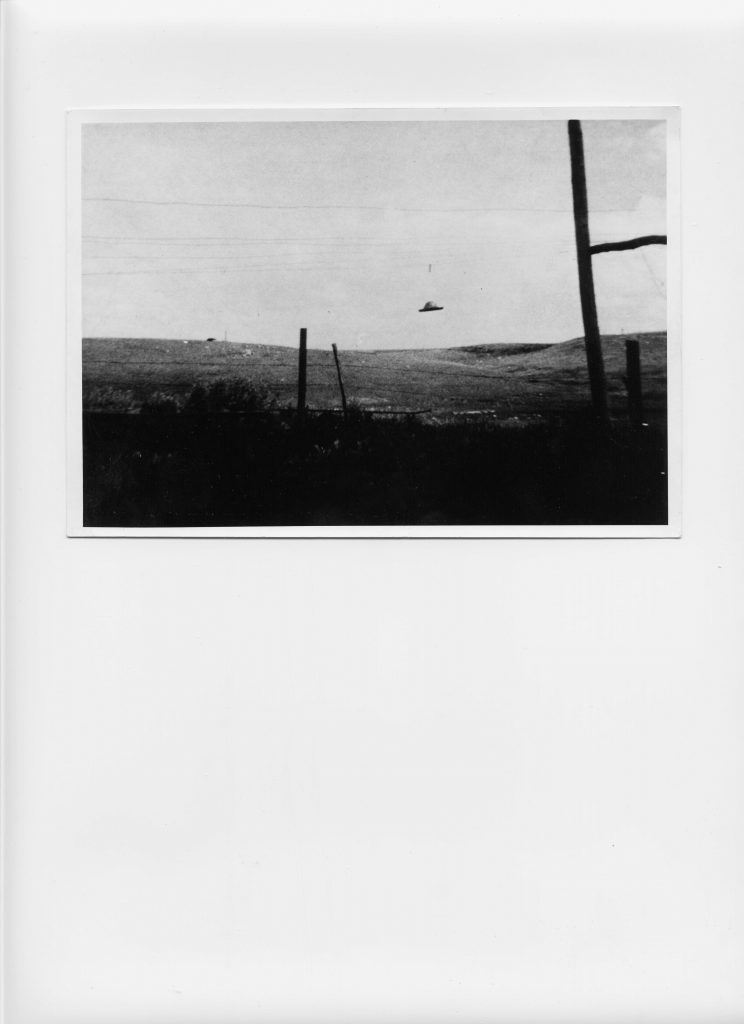
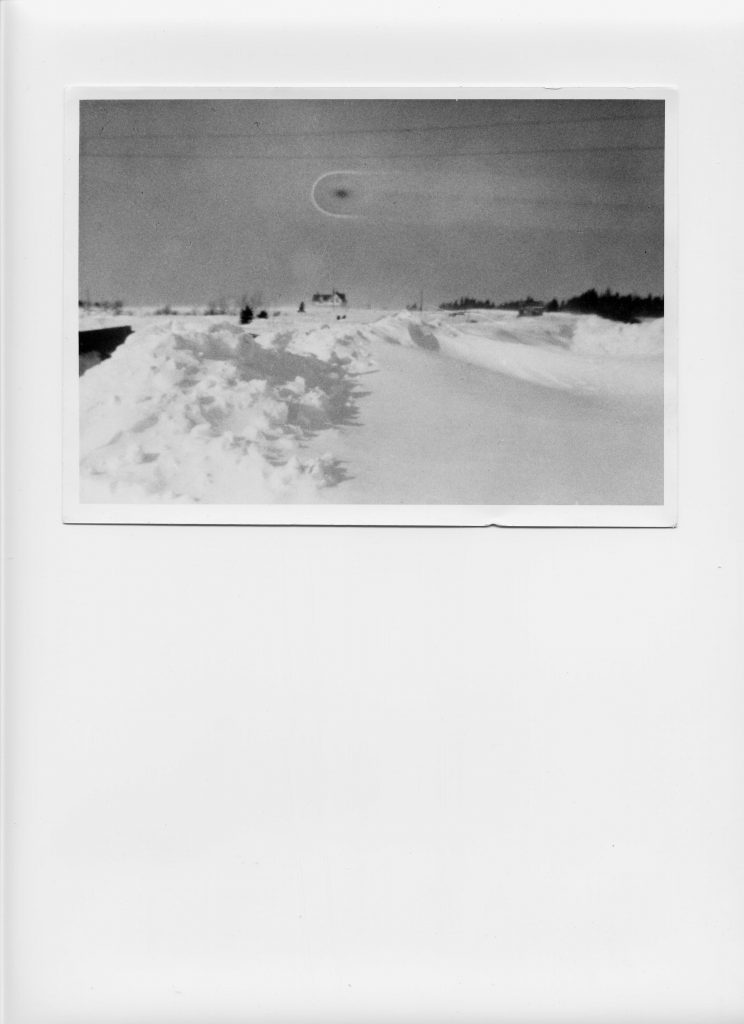
By Joan DaCosta
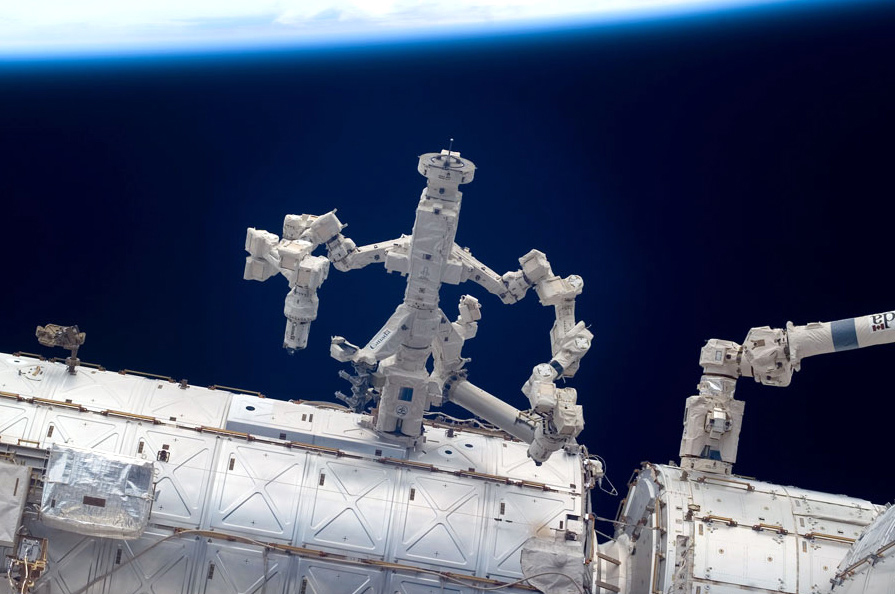
In 1975, UTIAS Professor Peter Hughes was asked by SPAR Aerospace Ltd. to analyze Canadarm. Hughes, known for consulting on attitude control and structural flexibility for several spacecraft, including the famed Alouette 1 & 2 and ISIS 1 & 2 satellites, performed complex technical analyses for Canadarm and ultimately developed a completely new approach to the dynamics of robotic arms with elastic links. This approach was used by SPAR to great success in its Canadarm1 design. In fact, SPAR’s senior management stated that building the arm would not have been possible without the work done by Professor Hughes.
For Canadarm2, Professor Hughes added another UTIAS Professor, Gabriele D’Eleuterio, to the team along with UTIAS alumnus, Dr. Glen Sincarsin. They helped to extend Hughes’s earlier analysis to encompass the additional difficulties posed by the Special Purpose Dexterous Manipulator, which paved the way for a successful design of Canadarm2.
Prof. Peter Hughes received the prestigious Alouette Award in 2006 and the Chapman Award in 2007 for his overall important contributions to space science, which includes his work on the Canadarms.
Canadarm is considered by many to be one of the most significant Canadian inventions. The fact that its photo graces the back of our five dollar bill is testimony to Canadarm’s importance in the annals of Canadian aerospace history.
By Joan DaCosta
The Sikorsky Challenge was first issued in 1980 by the American Helicopter Society (AHS). The challenge required that a helicopter, powered solely by the strength of a pilot, attain an altitude of 3 meters, stay aloft for at least 1 minute, and remain within a 10m x 10m square. The challenge was considered to be so difficult that even the AHS International executive director stated that “It was long seen as impossible to win this.” From the inception of the prize, countless teams worldwide took on the challenge, but none were successful until two alumni from UTIAS, Todd Reichert and Cameron Robertson, decided to win the prize 33 years after the challenge was issued.
The winning of the Sikorsky prize really began with the work of UTIAS Professor James DeLaurier who developed an analysis for an efficient flapping wing that lead to a successful flight of the world’s first engine-powered, remotely-piloted ornithopter in 1991, and then to the world’s first flight of a full-scale, piloted ornithopter in 2006.
In 2007, Ph.D. candidate Todd Reichert and MASc candidate Cameron Robertson began research for the design of a human powered ornithopter (HPO). Todd highly refined the analytical model for an efficient flapping wing that was developed by his Ph.D. supervisor, Prof. James DeLaurier. Cameron Robertson’s non-linear structural modeling became a crucial component of Reichert’s computer code.
Work on the HPO lasted approximately three years. Ultimately, the weight of the HPO, named “Snowbird”, was just 94 lbs, an outstanding accomplishment given it had a wingspan comparable to that of a Boeing 737. On July 31, 2010, piloted by Reichert, “Snowbird” made its historic flight and garnered headlines around the world.
With their graduate studies completed, Reichert and Robertson formed a company called AeroVelo, and building on the success of the HPO design, AeroVelo entered the race to win the Sikorsky Challenge in January 2012. To design the human powered helicopter (HPH) AeroVelo was able to modify and apply techniques that they had developed for the HPO. The final, and winning, configuration of the HPH, called “Atlas”, was 122 lbs with a maximum diagonal dimension of 46.9 m. It is the most efficient helicopter ever constructed. On June 13, 2013, Aerovelo’s human powered helicopter ”Atlas” won the Sikorsky Challenge and its $250,000 prize and enjoyed media coverage in outlets ranging from Popular Mechanics and Aviation Week, to the front page of the Wall Street Journal, as well as outlets in Japan, Germany, Australia, New Zealand, and England, to name just some.
